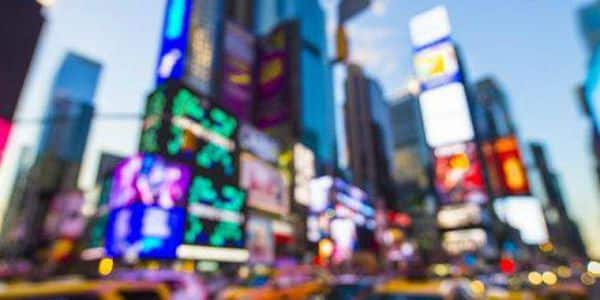
In the year that Pepsi was criticized for an ad in which an A-list celebrity at a protest sought to calm police brutality by handing a cop a fizzy drink, it may have seemed like 2017 was a new low for advertising. However, I’d argue that the last 12 months have seen huge breakthroughs in the advertising industry that should be seen as a new high-water mark for the developing maturity of digital marketing.
Here is what we should remember about 2017:
1. Transparency became clearer
In the last couple of years, we have seen an outcry over transparency in the industry due to the realization that a large number of ad impressions were never even viewable to humans. Many were instigated by bots, and there was much ad fraud, which generally prompted concern.
But this was a year in which more significant progress than ever was made on all fronts. Agreement on viewability metrics has led to viewability becoming table stakes for ad-tech vendors, while initiatives like the IAB’s Ads.txt standard — which will see publishers mandate which platforms are allowed to bid on their inventory — have placed solid flags in the sand. Digital signal processing (DSP) adoption is growing and some publishers are seeing revenue grow as a result. This year’s groundwork is a foundation for real progress in 2018.
2. The banner is dead; long live native
It has ruled the display ad waves for 20-plus years, but 2017 was the year when the banner ad was finally toppled.
In the U.K., banners accounted for 38% of digital display spend for 2016. Native ad spend accounted for 31% that same year. However, content and native ad spend from 2015-2016 grew 28% . And 2017 data, pending publication, will no doubt show this new channel overtook banners. In the U.S., native ads are predicted to account for the majority of display spending, too.
Given the now miniscule click-through effectiveness of banners, this is no surprise and not a bad thing. Several, if not all, studies show that audiences are more responsive to ads that fit their favorite content. Last year, in 2017, is when spending patterns caught up with consumer demand.
3. AI arrived on Madison Avenue
Cannes Lions has always been about celebrating the best of creativity in advertising. This year, it felt like artificial intelligence (AI) and machine-learning algorithms were the stars of the show.
AI made its pitch to advertising in 2017. From cognitive algorithms that can analyze video content to chatbots that, transcending classical ad campaigns, can provide pre-sale service to prospective customers, AI can help brands do the heavy lifting.
In 2016, our company launched our AI play, which, powered by IBM Watson, semantically analyzes the content of news articles in order to yield better ad-targeting cues. And the response has been huge. We were one of the first vendors to take on the capability, but I am confident next year will see AI being widely adopted throughout AdLand.
4. Ad collaboration increased
Publishers have historically been fiercely competitive. But facing the common threat of competition with the duopoly of Google and Facebook, this year they took even greater strides to working together more closely.
Many had already partnered to form the Pangea Alliance , a programmatic marketplace. Such co-ops have become commonplace in parts of Europe and Latin America. This year, the U.K. went even further, with rivals News UK , Guardian and Telegraph teaming to launch Verified Marketplace , a joint sales platform for outstream video ads.
Behind the headlines, 2017 was a year in which answers to many long-running problems were found and put in place. I think 2018 is when we will begin seeing the effect of those changes, and I can’t wait.